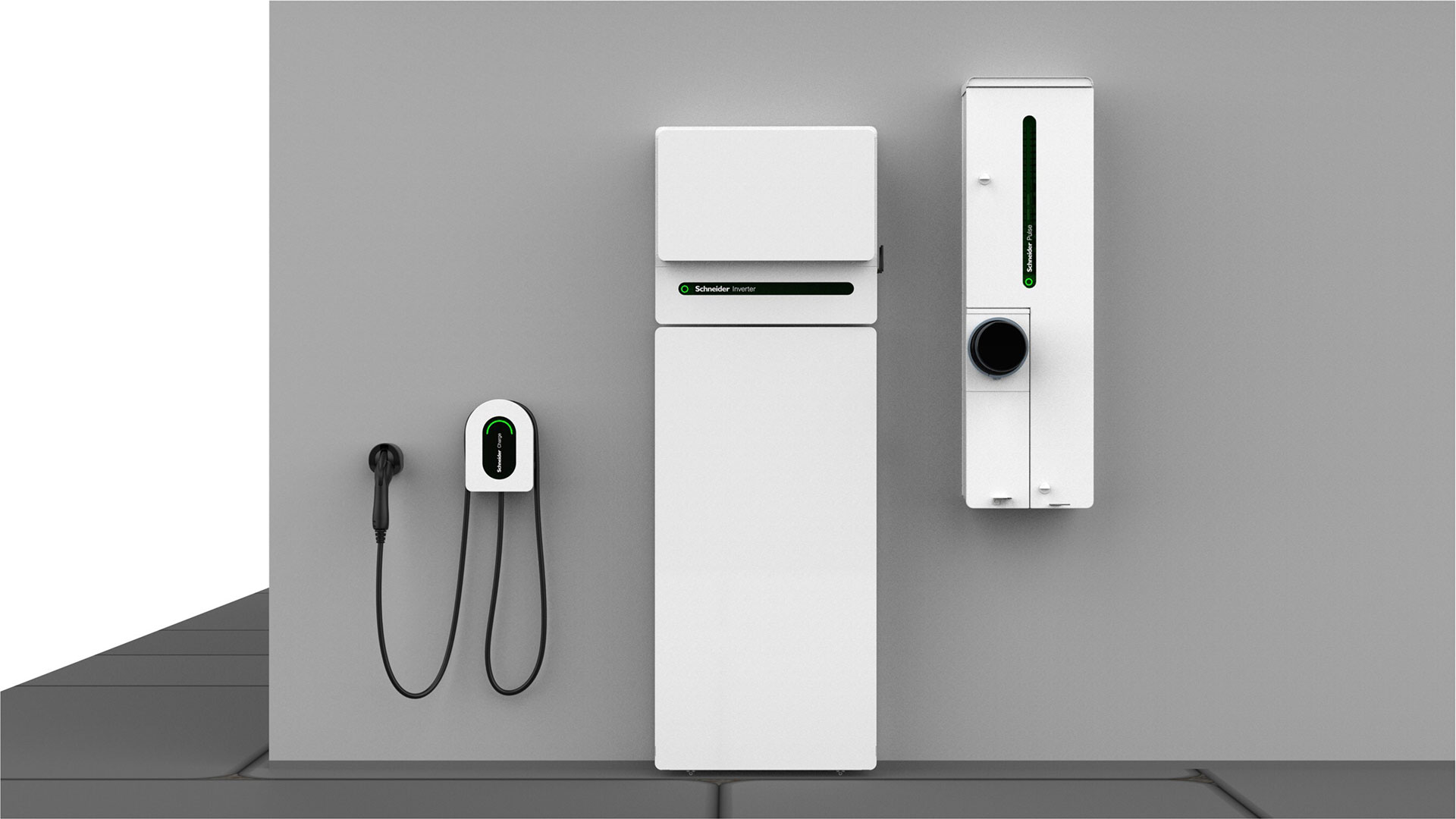Schneider Electric has introduced Schneider Home, a new solution aimed at simplifying home energy management. Announced at the RE+ event, the system integrates solar power, battery storage, electric vehicle (EV) charging, and utility power into one unified platform, all controlled through a single app. Schneider Home is designed to help homeowners manage energy more efficiently, extend backup power, and reduce utility bills.
The system is centered around Schneider Pulse, a smart electrical panel that directly integrates components such as the Schneider Boost home battery, the Schneider Inverter for solar energy, the Schneider Charge EV charger, and the Schneider X Series outlets, switches, and dimmers. This integration allows users to automate energy savings, enhance electrical safety, and manage their energy use with ease through the Schneider Home app.
Nadège Petit, Chief Innovation Officer at Schneider Electric, emphasized the growing reliance on electricity and the need for a more streamlined approach to home energy management. Schneider Home consolidates multiple systems into one, offering homeowners full control without the need to use different apps or devices.
The system qualifies for financial incentives such as those from the Inflation Reduction Act, making it a cost-effective solution for homeowners. Schneider Home can be purchased as a complete system or incrementally, allowing flexibility as a homeowner’s energy needs evolve. Online tools help customers explore their options and connect with certified installers.
Schneider Electric’s leadership in home energy management is further highlighted by the recognition the company has received. Schneider Home has earned the CES Innovation Award, the OMDIA Innovation Award, and was named a Sustainable Product of the Year by Green Builder Media.
Schneider Electric is also launching its first U.S. consumer digital ad campaign, encouraging homeowners in California to take control of their energy use with Schneider Home. The campaign uses music to illustrate the benefits of the system, such as savings, reliable energy, and ease of control.

